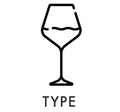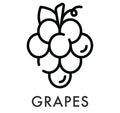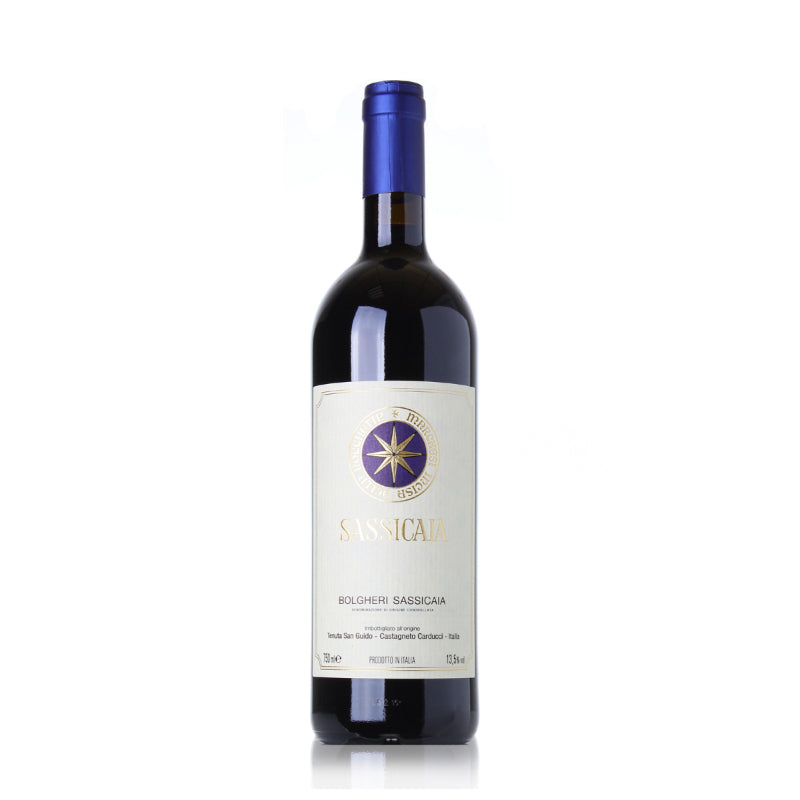Tenuta San Guido Sassicaia 2011 750ml










The 2011 Sassicaia comes from a cool vintage with sunny harvest days, giving the wine a bright, fresh vibe. You get aromas of red fruit, earth, and some creaminess. It’s full-bodied with firm but smooth tannins, and a nice balance between fresh and rich flavors. Ready to enjoy now but will age well through 2034. A classic, well-crafted wine with a bit of savory character.
Decanter | D 95
Published: Nov 5, 2022
Drink: 2022-2034
The 2011 Sassicaia comes from a vintage with a cold winter, a mild spring with abundant rains and a very good difference in temperatures between night and day during the summer and there were sunny days during the harvest. You can feel this sunny bright personality in the wine. The nose is open and accessible with aromas of bright red fruit and cream. On the palate there are contrasting flavours which are a little green and firm but these are enveloped in a luxurious texture and weight.
Closure: Cork
Alcohol: 13.50%
Body: Full
Oak: Oaked
Grapes: 15% Cabernet Franc 85% Cabernet Sauvignon
The Wine Advocate | RP 94+
Published: Apr 28, 2017
Drink: 2017-2035
The 2011 Bolgheri Sassicaia speaks to a broad, yet very distinct audience. I am absolutely charmed by this vintage. Soft cherry and blackberry confit emerge from the bouquet in thick, luscious waves. Leather, spice and tar play supporting roles. The wine offers a generous and expansive style. It also shows impressive balance and coherent inner integrity. This vintage certainly bears the hallmarks of a hot vintage, but it never feels overdone. It delivers volume, intensity and rich texture. This Sassicaia is a wine of enormous craftsmanship.
James Suckling | JS 94
Published: Mar 5, 2015
The aromas of this Sassicaia shows a wet earth, ripe blackberry and black currant character. Some nectarines as well. Full body, with round and velvety tannins and a succulent juicy finish. Savory and delicious already. Needs a year or two to come together but already approachable.
Jancis Robinson | JR 18.5
Published: Sep 12, 2022
Drink: 2022-2040
85% Cabernet Sauvignon, 15% Cabernet Franc.
Mid glowing ruby. Complex, subtle nose. Really juicy and appetising – and still quite youthful! This one will run and run and at the moment is just coming out of its shell – with the odd iodine note. Not a blockbuster but very well judged.
Tenutasanguido.com
The wines of Tenuta San Guido are three different expressions of a unique style. Sassicaia, from which everything began. Guidalberto, which after more than twenty years has reached full maturity. Le Difese, a wine of great pleasantness that best represents the Tuscan character.
SOIL STYLE
The soils on which the vineyards stand has varied and complex terrain features with a strong presence of limestone, feature areas rich in marl and pebbles as well as being partly clayey. The production facilities are located at an average altitude of between 80 and 400 metres above sea level, with a west/south-west exposure.
WEATHER TRENDS
The weather in 2011 was very good. It can be considered one of the best vintages since 2000. The winter was harsh, with temperatures below the seasonal average, especially in November and January. Spring started early with mild temperatures and excellent water supply with gradual rainfall without wind. This favoured an excellent vegetative development of the plants to the benefit of the production. The summer was hot and long, but with temperatures in the seasonal averages, except for July, when the heat was more noticeable, but with a good temperature variation between night and day that prevented water stress on the plants and over-ripening of the grapes.
HARVESTING
In the period leading up to the harvest, the weather conditions were ideal, allowing the grapes to ripen normally and permitting harvesting operations to begin in the first week of September. The grapes arrived at the winery healthy and well ripened with crisp, plump berries. Harvest operations were completed in the first week of October.
FERMENTATION
Fermentation in stainless steel vats at a controlled temperature of around 30° - 31°C. Approximately two weeks of maceration on the skins, with various pumping over and délestages. Malolactic fermentation happened in steel vats.
AGEING
Once malolactic fermentation was complete, the wine was placed in French oak barriques, and a small part in American oak, where it was aged for a period between the 20 and 25 months. The duration of the ageing is technically decided on the basis of the seasonal trend of the vintage.

